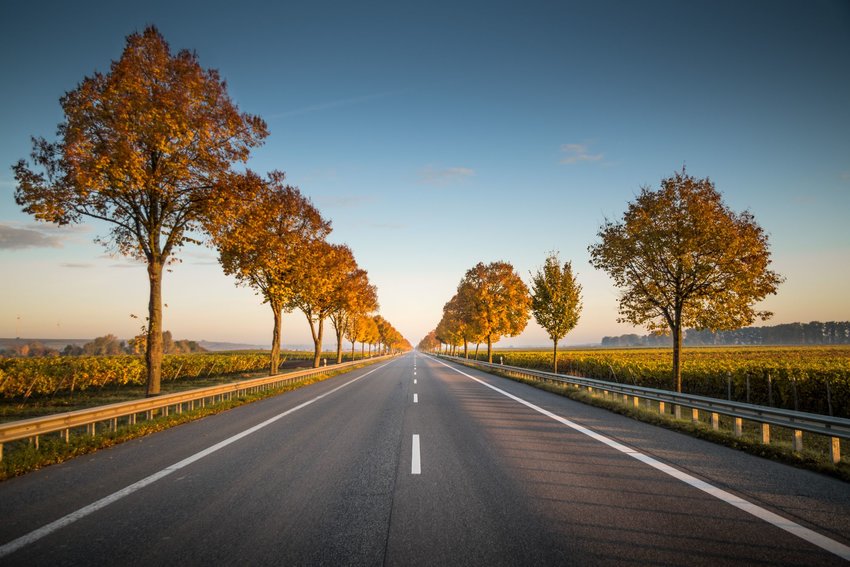Here's a bit of street-name trivia: There are more streets in the United States named "Second" and "Third" than there are "First." Did the namers forget the number one? "Main," "Park" and "Oak" join the numbered streets in the Census Bureau's top 10 list, so it's more likely that one of these names serves as many towns' main drag, and the numbered streets proceed from it.
Some towns or homeowner's associations may have rules regarding nomenclature, but throughout history, street names can often tell stories about the region and the area's inhabitants. You'll find streets named after almost everything, including birds, gemstones, people’s loved ones, and the names of geographical landmarks.
What is more consistent are the categories they fall into. There is some rhyme and reason behind street classification, and it matters a great deal to city planners and map makers. Learn the difference between a street and an avenue, and it just might help you find your next appointment.
Roads
By definition, a road is "a track that connects two distant points." Simple enough. Roads are supposed to be the link between towns and cities. This rule isn’t too strictly followed — cities are often connected by interstates and contain roads within them. If a strip of pavement doesn't fall into one of the other classifications, just call it a road, and it will be understood.
Streets
Streets are supposed to be roads within cities and towns, with buildings lining the way. They are supported with sidewalks and are often main business areas. Consider the tradition of a town having a Main Street or High Street.
Avenues
Avenues are distinct from streets because of the direction they run. Technically, they are supposed to be perpendicular to the streets. They can be meeting spots, like streets, or be residential areas with shrubbery and landscaping.
Boulevards
Boulevards are wide streets, often with a median. Famous examples are Sunset and Hollywood Boulevards in Los Angeles. Boulevards are major areas with lots of space and traffic, but they are often commercial areas with bars, restaurants, stores, and famous landmarks. Alternatively, they can be more parklike with greenery lining the boulevard.
Follow the Rest of the Roads
Lanes are much more low key. They are narrow paths, usually with no median or shoulder. A way is similar to a lane. A drive is a private or residential road, often with limited access and possibly with no outlet.
Highways, freeways, and expressways are long, multilane roads designed for long-distance, high-speed traffic. Today, the differences between them are murky, but when they were originally created, the words had clear distinctions. A highway is a major thoroughfare that intersects with many other roads and provides drivers with many points of entry. A freeway was developed to have fewer points of entry, thus making the driving experience less congested and more free. The expressway, as defined by the Federal Highway Authority, is a divided highway with partial control of access. Essentially, it's a freeway that intersects with other roads.

